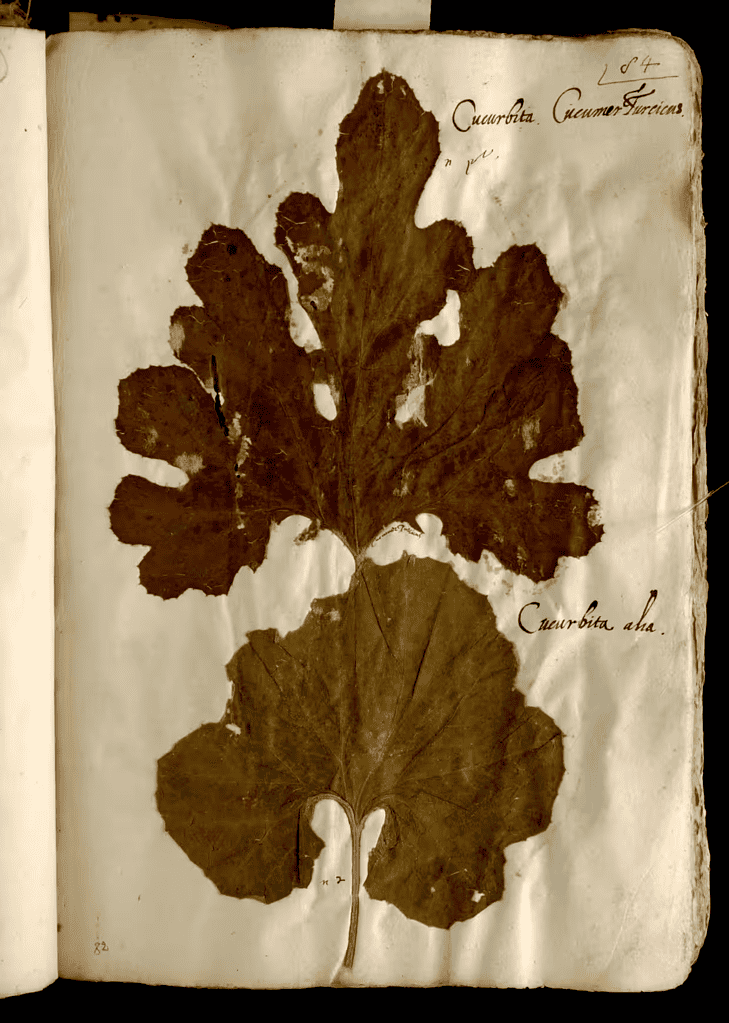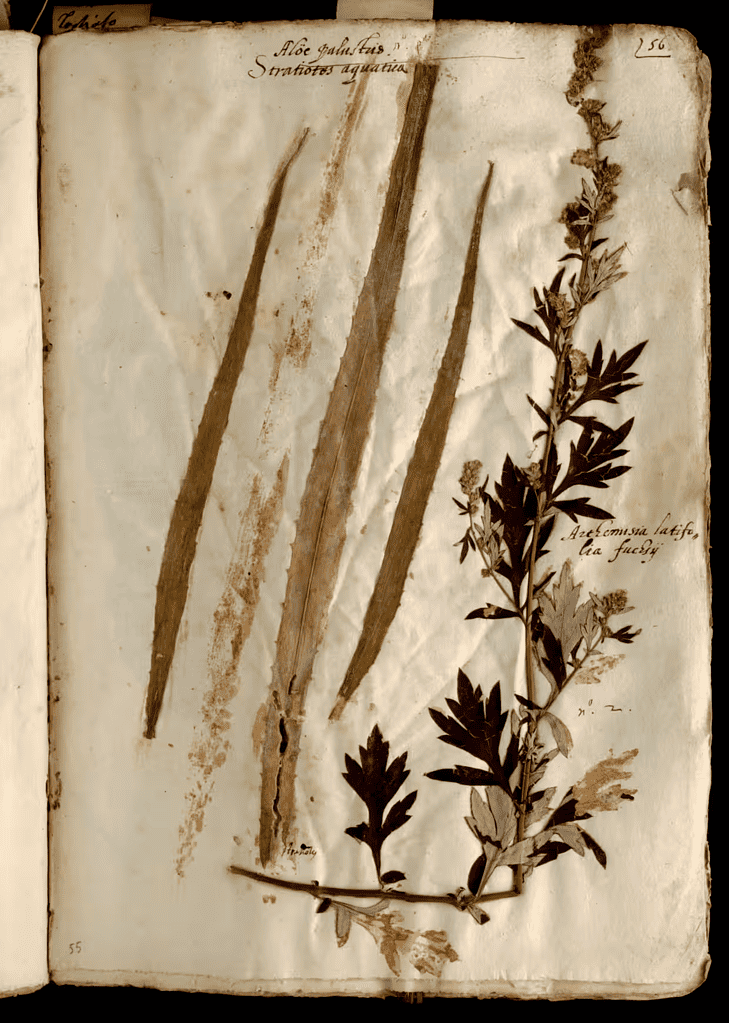From 1551 and 1586, naturalist Ulisse Aldrovandi collected, cut and dried plants from the region of Bologna in Italy, creating one of the richest collections of its time. Now, an international team of botanists and biologists have gone back to his collection and used it to trace the enormous changes that have happened in the landscape of Bologna.

Herbarium are archives for dried plants, carefully pressed into the pages of books for preservation. These pages not only house the plant specimens but also feature details about the pressed plant, including its name. For centuries, botanists, naturalists, and plant enthusiasts have been maintaining these impressive botanical time capsules.
The original purpose of herbaria was to discuss the identity of plant species and understand which are the right species to use for pharmaceutical purposes. However, researchers have now found another use. By comparing such collections made over long periods in a single area, it’s possible to track changes to plant life.
“For today’s science, one of the most interesting uses of Renaissance herbaria is unravelling their botanical memory to track the effect of global changes on biodiversity. In this perspective, their importance is related to the availability of information on the collection period and sites,” the team wrote in the journal Royal Society Open Science.
An impressive collection

The herbarium of Ulisse Aldrovandi, preserved and digitized at the University of Bologna, includes about 5,000 specimens collected in the surroundings of Bologna. It consists of 15 books, each including from 169 to as many as 581 specimens glued to sheets. At the time it was created, it was the richest collection of dried plants existing in Europe.
From a historical and scientific perspective, the importance of this herbarium is inestimable, the researchers said. It has the oldest specimens of some species currently used for food, ornamental or medicinal purposes that were introduced from the New World, from Africa or from central Asia, such as Aloe vera and Nicotiana tabacum.
In the study, the researchers analyzed the flora of the province of Bologna during the Renaissance based on the herbarium of Aldrovandi. They then tracked floristic changes across a timespan of five centuries, using the herbarium from Girolamo Cocconi (with samples from 1883) and from Emilia Romanaga (with samples from 1965 to 2021).
All three were made by collecting plant samples from Bologna. “We explored potential variations in native range and life forms composition, and habitat affinity of the species in the three floras, also contrasting between native and alien species. Floristic patterns were then interpreted in the light of global changes,” the researchers wrote.

They identified changes in plant populations and diversity and the disappearance of some. Motherwort, for example, was once prevalent in the area, but no longer grows there. They also found that the total number of species growing in the area has increased over the centuries, but that the quality has declined, with rare species disappearing.
A large number of non-native species currently grow in Bologna, with a 1,000% increase in flowering plants alone. The researchers suggest that such plants arrived from other lands due to trading. They also found that it was possible to see changes in plant life due to climate events, such as the Little Ice Age (from 1300 to around 1850 CE).
This is evident from the presence of high-mountain species, which were rare in Aldrovandi’s herbaria but are more represented in the one from Cocconi. In Europe, in fact, the average summer temperature was 2–3°C lower than in the 20th century and the climate was more arid, causing a downward shift of the tree line by as much as 200 meters.
For the researchers, the findings show the importance of continuing to collect herbarium specimens and keeping herbaria active. Not doing so would cause “irreparable gaps” to the world’s botanical memory, affecting our ability to document biodiversity and predict its trajectories during decades of fast global changes.









